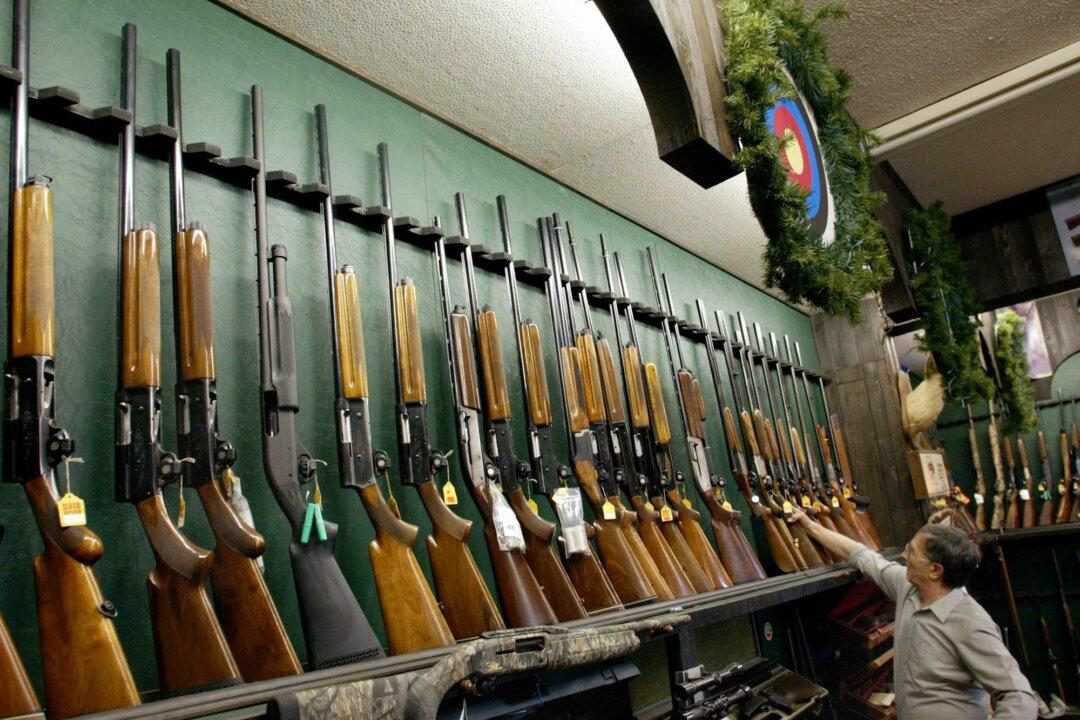The Liberal government’s approach to gun control to reduce violence is not backed by evidence, says a new report by the MacDonald-Laurier Institute (MLI).
The report released on Aug. 14 goes over the various measures implemented by the government in recent years, from the ban of so-called “assault-style” firearms to the freeze of handgun transfers, and the introduction of Bill C-21.





